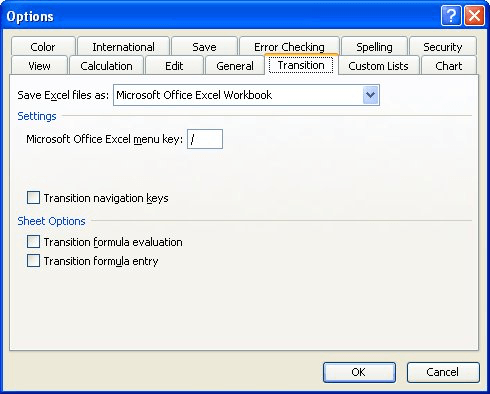
Ĭhapman died of a heart attack in 1982 at the age of 54. This resulted in Lotus collaborating in the design and development of Toyota sports cars and Toyota supplying parts to Lotus, making development and production of their new models, such as the Excel, cost effective. In early 1982, Chapman came to an agreement with Toyota to exchange intellectual property and applied expertise. The kit car era ended in the late 1960s and early 1970s, with the introduction of the Elan, the first car manufactured by the company. Its early road cars could be bought as kits, in order to save on purchase tax.

In its early days, Lotus sold cars aimed at privateer racers and trialists. The Elan was the first car manufactured by the company The test track uses parts of the old runway. Since 1966 the company has been in a modern factory and road test facility at Hethel, near Wymondham. In 1959, the company moved to Cheshunt, Hertfordshire into a factory built to make cars. Lotus Components Limited became Lotus Racing Limited in 1971 but stopped building cars in the same year. The other company was Lotus Components Limited which worked on customer race cars. One company was Lotus Cars Limited which made road cars. The Lotus Group of Companies was formed in 1959.

Team Lotus was active and competitive in Formula One racing from 1958 to 1994. It was split off from the Lotus Engineering company. The first factory was in old stables in Hornsey, North London. by engineer Colin Chapman in 1952 but had roots in 1948 when Chapman first started building racing cars in a garage. The company was started as Lotus Engineering Ltd. 5.2 Projects worked on by Lotus Engineering.


 0 kommentar(er)
0 kommentar(er)
